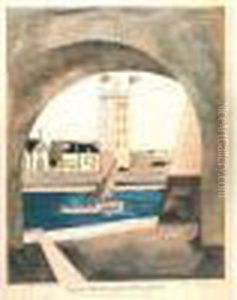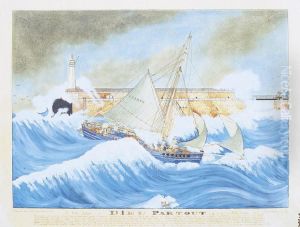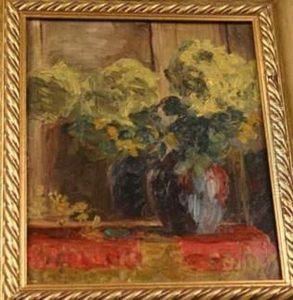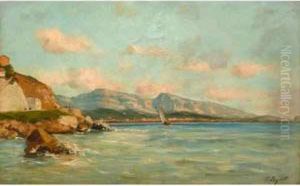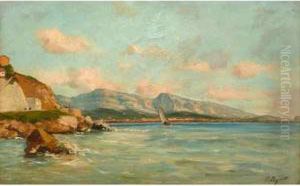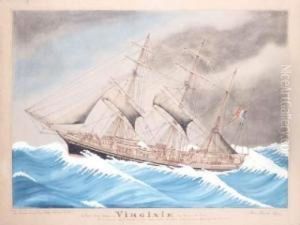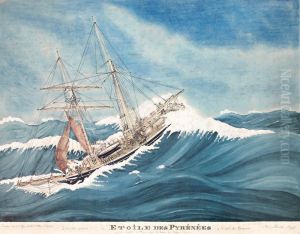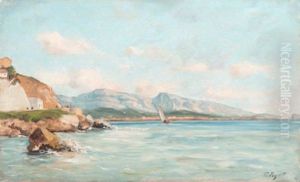Paul Emile Pajot Paintings
Paul Emile Pajot, born in 1874 in Saint-Nazaire, France, was an artist whose work primarily focused on maritime themes, reflecting his deep connection to the sea and ships. Coming from a family with a rich naval history, Pajot's early life was steeped in the lore and beauty of the maritime world, which deeply influenced his artistic direction. His father, a ship's carpenter, likely instilled in him a fascination with the craftsmanship and elegance of sailing vessels. This early exposure helped shape Pajot's future, not only as an artist but also as a historian of maritime culture.
Despite the lack of comprehensive records detailing his formal education in art, Pajot's detailed and accurate renditions of ships and maritime scenes suggest that he had a significant amount of training and skill, possibly self-taught or acquired through apprenticeships. Throughout his career, Pajot became renowned for his exquisite watercolors of ships, which were not only artistically beautiful but also historically accurate. His works served as a valuable record of the maritime history of his era, capturing the intricate details of ship design and naval architecture that would otherwise have been lost to time.
Pajot's contribution to the preservation of maritime heritage was not limited to his paintings. He was also known for creating detailed ship models and conducting extensive research into the history of naval architecture. His dedication to his craft made him a revered figure among maritime historians and ship enthusiasts. Despite the changing tides of artistic trends throughout his lifetime, Pajot remained steadfast in his focus on the sea, earning him a timeless place in the niche but passionate world of maritime art.
Paul Emile Pajot passed away in 1950, leaving behind a legacy that has continued to captivate and educate maritime enthusiasts and art lovers alike. His works are cherished for their beauty and precision, serving as a bridge between the worlds of art and maritime history. Pajot's life and work embody the enduring allure of the sea and its vessels, making his contributions invaluable to the cultural heritage of maritime communities around the world.
